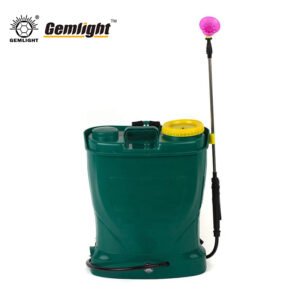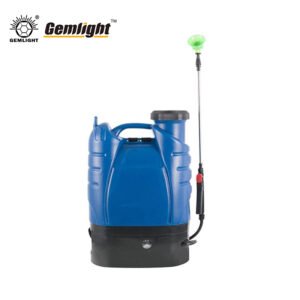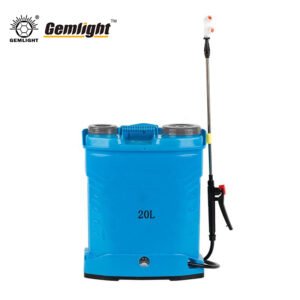How to create the ideal small garden with a farm hoes?
In the gardening enthusiast’s tool list, the farm hoes is an irreplaceable “right hand man”. Whether it’s tilling the ground, removing weeds or digging trenches for fertilizer, a good hoe can make gardening twice as easy.
Today we will talk about how to correctly use the agricultural hoe in home gardening, so that this piece of “iron lump” to become a good helper in your beautiful garden.

First, choose the right agricultural farm hoe: suitable for their own is the best
There are many types of agricultural hoe on the market, the common board hoe, pointed hoe and weed hoe.
Plate hoe hoe blade wide and flat, suitable for large areas of turning and weeding; pointed hoe head sharp, can easily poke into the hard soil, dealing with clay or knotty plots is very useful;
grip hoe hoe small and lightweight, especially suitable for weeding or loosening the soil around the seedlings.
When choosing a farm hoe for a novice, the first thing to consider is the type of soil in your garden.
If the soil is sandy, a lightweight gripper hoe will suffice; if the soil is heavy and clumpy, a sharp hoe will come in handy. Secondly, the length of the handle of the hoe is also very critical, generally recommended and their waist level, so that when swinging without bending over too hard, can reduce waist fatigue.
Remember to try to feel when you buy, the wooden handle should be smooth and burr-free, metal hoe and handle connection is solid, to avoid falling off when using.
Second, turning the land: the basic operation of agricultural farm hoes
Before sowing or transplanting plants, turning the land is the first step. This is the first step before planting or transplanting. This is when the agricultural hoe can show its strength.
When operating, hold the handle with both hands, one hand in front near the head of the hoe, the other hand in the back to control the direction, stand firmly with feet apart and lean forward slightly.
With the edge of the hoe vertical cut into the soil, the depth of about 15 – 20 centimeters, and then wrist hard backward trigger, turn the soil up.
Turn over the soil should pay attention to the “three do not turn over”: too dry soil is not turned, easy to lump bad broken; too wet soil is not turned over, will be stuck in the hoe on the bad; just applied fertilizer place temporarily not turned over, to avoid the loss of fertilizer.
After turning over once, you can use a hoe to break up the large pieces of soil, and then rake with a rake, so that the soil will be more loose, conducive to plant root growth.
Third, weeding skills: agricultural hoe so that weeds have nowhere to hide
weeds in the garden is always a headache, but there are agricultural hoe in, weeding is much simpler. For seedlings around the grass, you can use the grip hoe against the ground gently cut through the root system of the weeds, which will not hurt the plant seedlings, but also quickly weed.
If it is already grown weeds, you need to use the board hoe or pointed hoe to dig deep, dig out the whole root system, to prevent weed regeneration.
Weeding is best done on a sunny day, especially when the soil is moist and loose after rain, which makes weeding less laborious.
After weeding can be laid on the ground, forming a layer of “mulch”, which can reduce water evaporation, but also inhibit the growth of new weeds. Here to remind everyone, try not to weed in the midday when the sun is strongest dry, easy heat stroke, morning or evening is more appropriate.
Fourth, digging ditch fertilizer: advanced use of agricultural hoes
to plant fertilizer, digging ditch is a technical work, agricultural hoe can help you dig the ditch and straight and even.
For example, to fertilize fruit trees, dig a circular trench 20 – 30 cm deep with a pointed hoe about 50 cm from the trunk, so that the fertilizer does not come into direct contact with the root system and to avoid burning the roots.
If you are fertilizing vegetables, you can dig a shallow trench along the edge of the vegetable bed, spread the fertilizer in and then bury it with soil.
When digging a trench, pay attention to control the depth, different plants have different needs for fertilizer, the shallow root system of the vegetable ditch shallower, woody plants ditch to deeper.
In addition, dug out of the soil can be piled up on one side of the ditch, after fertilizer with a hoe to backfill the soil, gently patted solid, so that the fertilizer can be fully mixed with the soil, slowly absorbed by the plant
Fifth, the use of agricultural hoe safety tips
with agricultural hoe must pay attention to safety, to avoid injury. First of all, before swinging the hoe to see if there are people or obstacles around, to prevent the hoe thrown out to touch something. Secondly, the handle may loosen after a long time of use, so check and tighten it in time. If you are cut by the hoe, clean the wound and disinfect it immediately.
Another important point is that after using the hoe, you should clean the soil and weeds on it in time, dry it and put it in a dry place to prevent rusting.
If the edge of the hoe becomes blunt, you can use a whetstone to sharpen it a little, so that it stays sharp, so that the next time you use it with less effort.
Conclusion
Don’t look at the farm hoe looks ordinary, in gardening but “all-purpose tool”.
From turning the soil, weeding to digging trenches and fertilizer, as long as you master the correct method, this unassuming hoe can make your gardening work a lot easier.
Newbies may feel tired when they first start using it, but with a few more practice sessions you will be able to find the feel for it. The next time you pick up a farm hoe, try these tips and you may find that tending to your garden can be so easy and fun!





